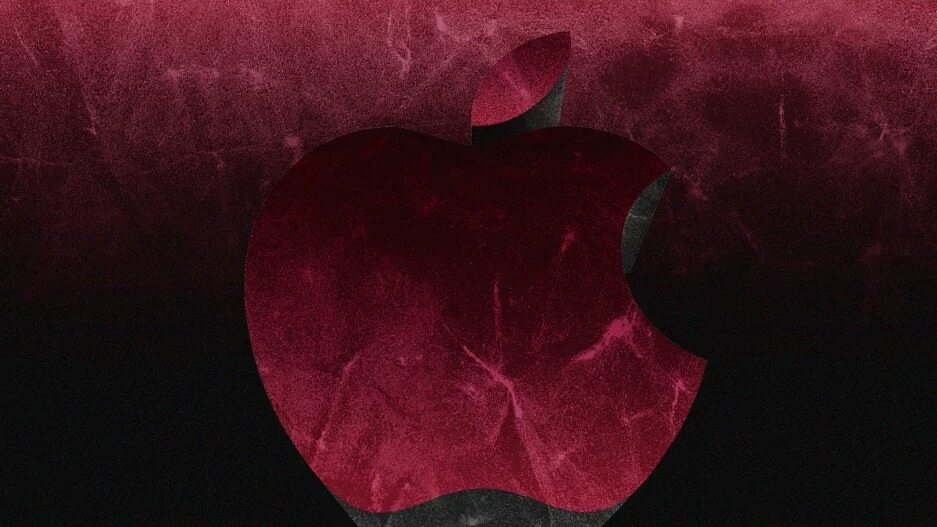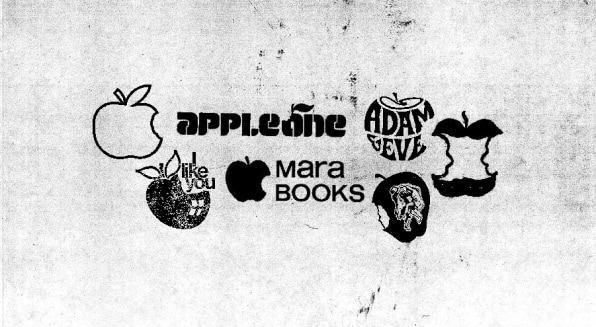- | 9:00 am
Is Apple really a trademark bully? Here’s what the data says
There’s actually been an explosion of apple-themed logos, and most of the companies have nothing to do with fruit.

Last month, Apple drew the ire of farmers in Switzerland for its ongoing attempts to trademark a photorealistic image of an apple. As Wired first reported, the Swiss farmers’ organization Fruit Union Suisse, whose logo features an apple, was worried that Apple, the world’s most valuable company at $3 trillion in market cap—give or take a few billion—would bully it out of its trademark.
Several outlets, including this one, picked up the story. Online news show “The Young Turks” went so far as to declare that Apple was on a “quest to trademark all pictures of apples.” Outrage grew at Apple’s perceived Bond-villain-worthy scheme to seize the world’s stockpile of apple images, demonstrating a possible misunderstanding of intellectual property law—trademarking a photograph of something does not magically give you universal rights to all depictions of that thing.
Many also failed to recognize that the image filed for trademark was the 55-year-old “Granny Smith” logo of the Beatles’ Apple Corps, which Apple took ownership of in 2007 as part of a trademark dispute settlement with the Fab Four’s business arm. (For its part, Apple says it was simply updating its trademark registration, and the company has never approached Fruit Union Suisse about its logo.)
So while this incident may end up being a tempest in a teapot, it speaks to the reputation Apple has developed as a trademark bully. In 2022, the Tech Transparency Project reported that Apple had filed 215 trademark oppositions over the previous three years, more than the combined total for its tech giant fellows Amazon, Google, Meta, and Microsoft. The New York Times has documented the stories of many small brands that, in response to their use of apple-related names and logos, felt the wrath of Apple’s lawyers mounting a vigorous, if not overzealous defense of the company’s namesake fruit. The company has even gone after orange and pear logos as well.
How much is this negative reputation warranted? In some sense, Apple’s constant trademark strife indicates that the company has been a victim of its own branding success. The brilliance of its simple, evocative, and against-the-grain name and logo appears to have produced a halo effect, making apple-related branding seem more appealing to other companies. And as apple logos subsequently became more common, a higher level of trademark vigilance by Apple was required.
Analysis of records from the United States Patent and Trademark Office shows that, contrary to the fears of organizations such as Fruit Union Suisse, logos featuring apples are actually twice as common today than they were before Apple Computer was founded in 1976. In the pre-Apple era, only 0.13% of U.S. logos featured apples, compared to 0.26% in this century, even when you exclude Apple’s own trademarks.
One of the most relatable concerns of the Swiss farmers is that, as they told Wired, “Apple didn’t invent apples,” and if anyone should be allowed to use an apple as a logo, it’s an apple grower. And according to USPTO data, the apple logos of old were much more likely to represent actual apple products: 29% of such pre-1976 marks were used to sell apples, compared to just 5% today.

Interestingly, 17% of these older apple marks had bites taken out of them, anticipating the look of the Apple logo, which, according to its designer Rob Janoff, featured a bite “to make it look more like an apple and not some other round fruit.” Besides making the logo more distinctive, the bite also invited more metaphorical interpretations, such as those related to the Garden of Eden or even Alan Turing. Along with the apple’s traditional association with education, these nonliteral meanings of apple logos seem to be used today much more often than the agricultural symbols that Fruit Union Suisse is seeking to protect.
And while apple logos are more common today—some 2,100 live registered U.S. trademark logos featuring apples are not owned by Apple—there is evidence that Apple’s fervent defense of its trademarks may have made adopting such a symbol a riskier endeavor. Of all the logos filed for trademark registration in the U.S. this century, 46% have survived in use, but among apple symbols not owned by Apple, only 40% have made it. Of course, there are many reasons that a trademark may die off, but opposition by an industry heavyweight such as Apple is certainly a prominent one.
In comparison, consider that other types of logos featuring common design elements tend to survive at higher rates. Despite the existence of Shell and its centenarian logo, 52% of this century’s trademarks with shells are still in use, and 50% of rabbit logos live on in seeming defiance of Playboy.
All things considered, though, concerns that Apple will corner the market for apple logos seem overblown. To the contrary, Apple’s success seems to have inspired a bumper crop of apple logos so bountiful as to defy the efforts of even the tech behemoth’s army of lawyers.





































